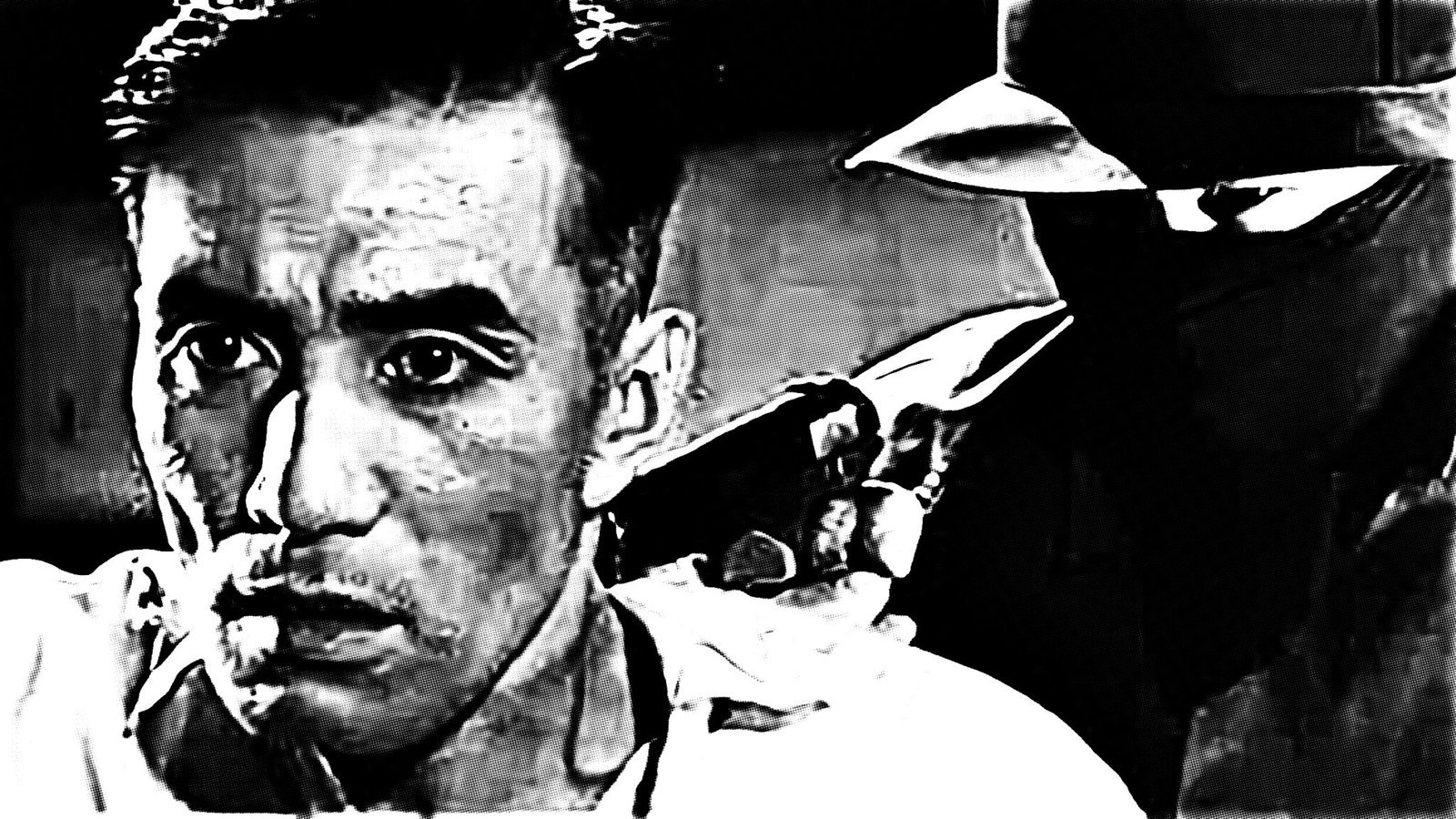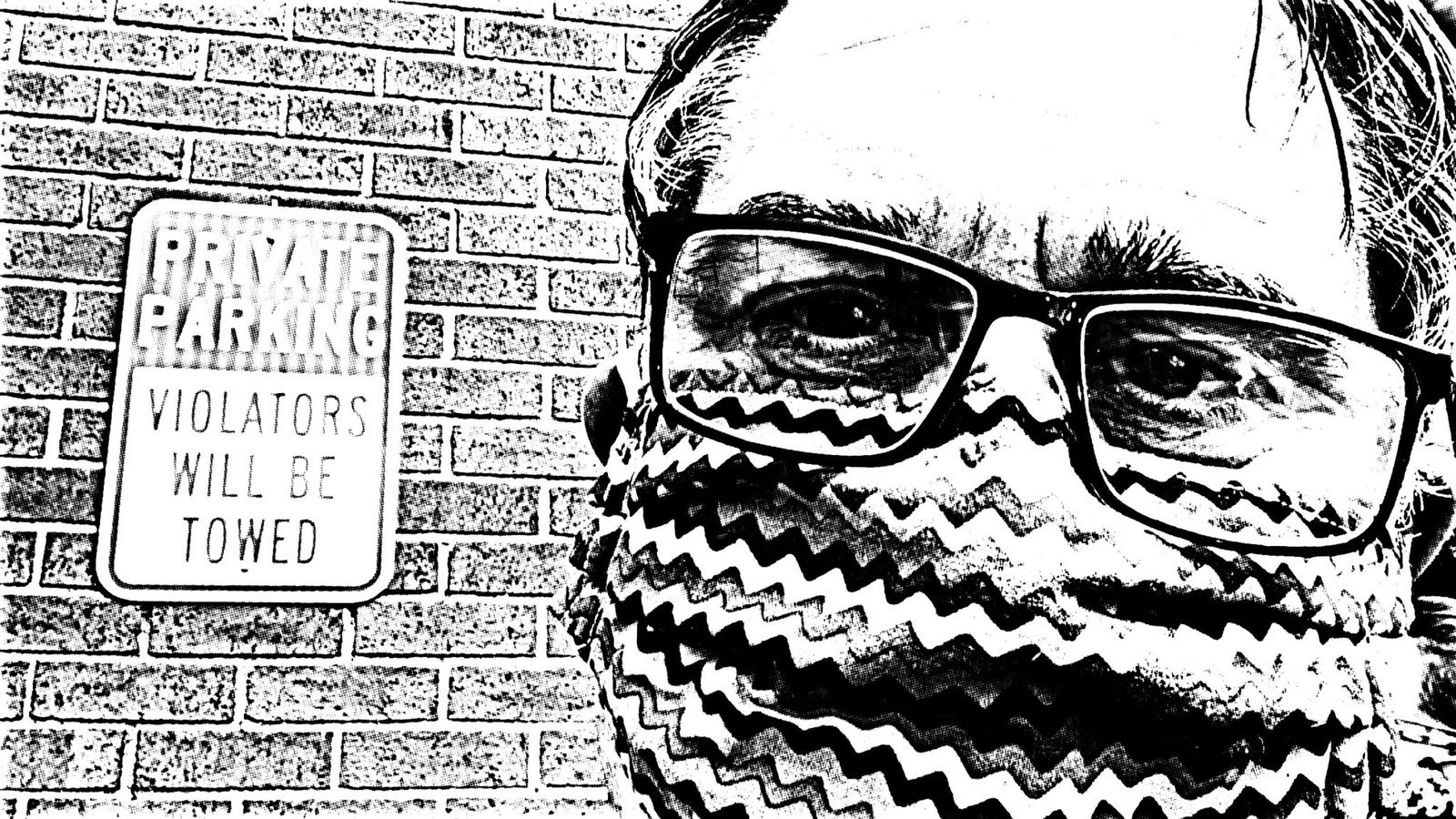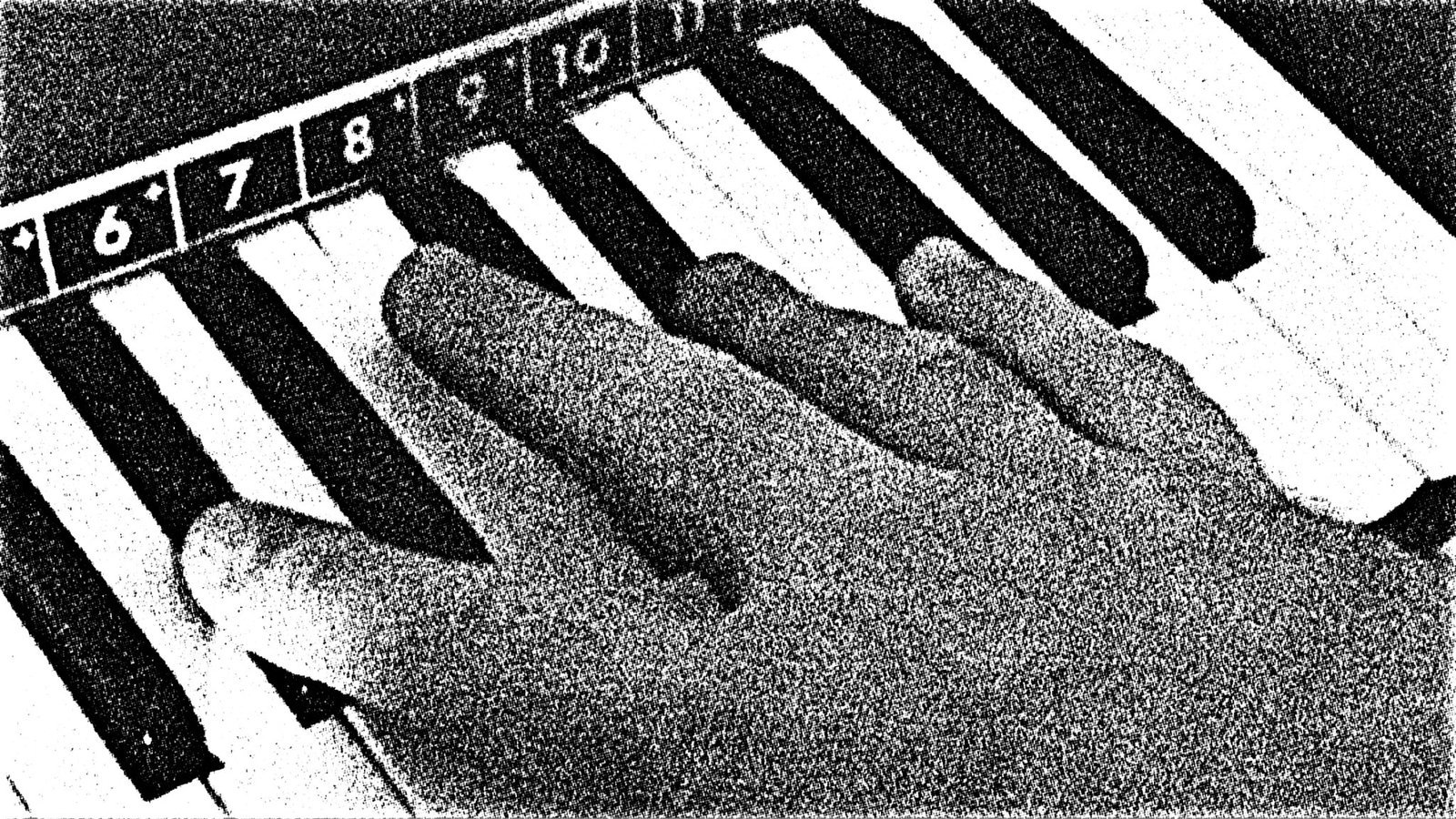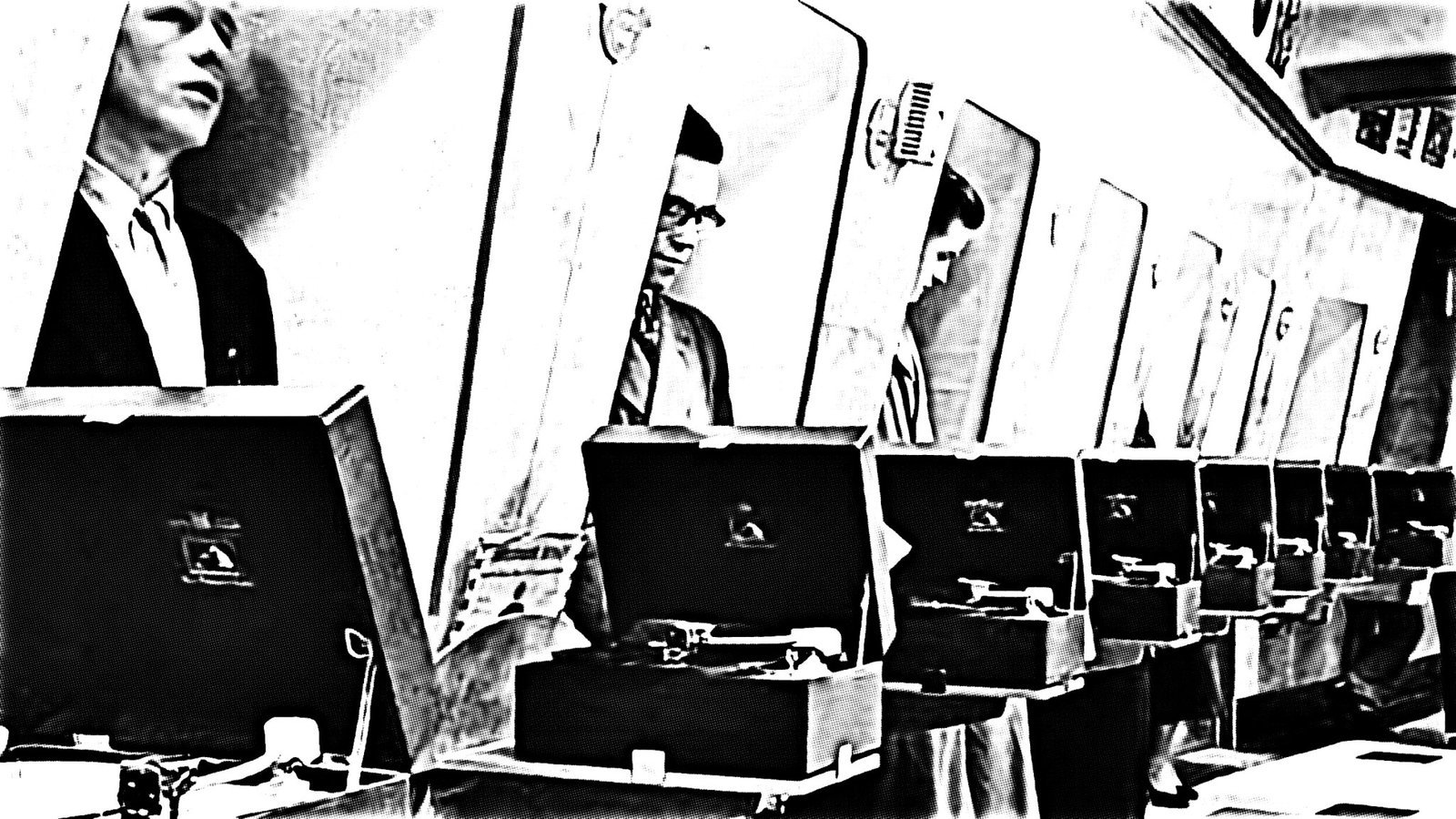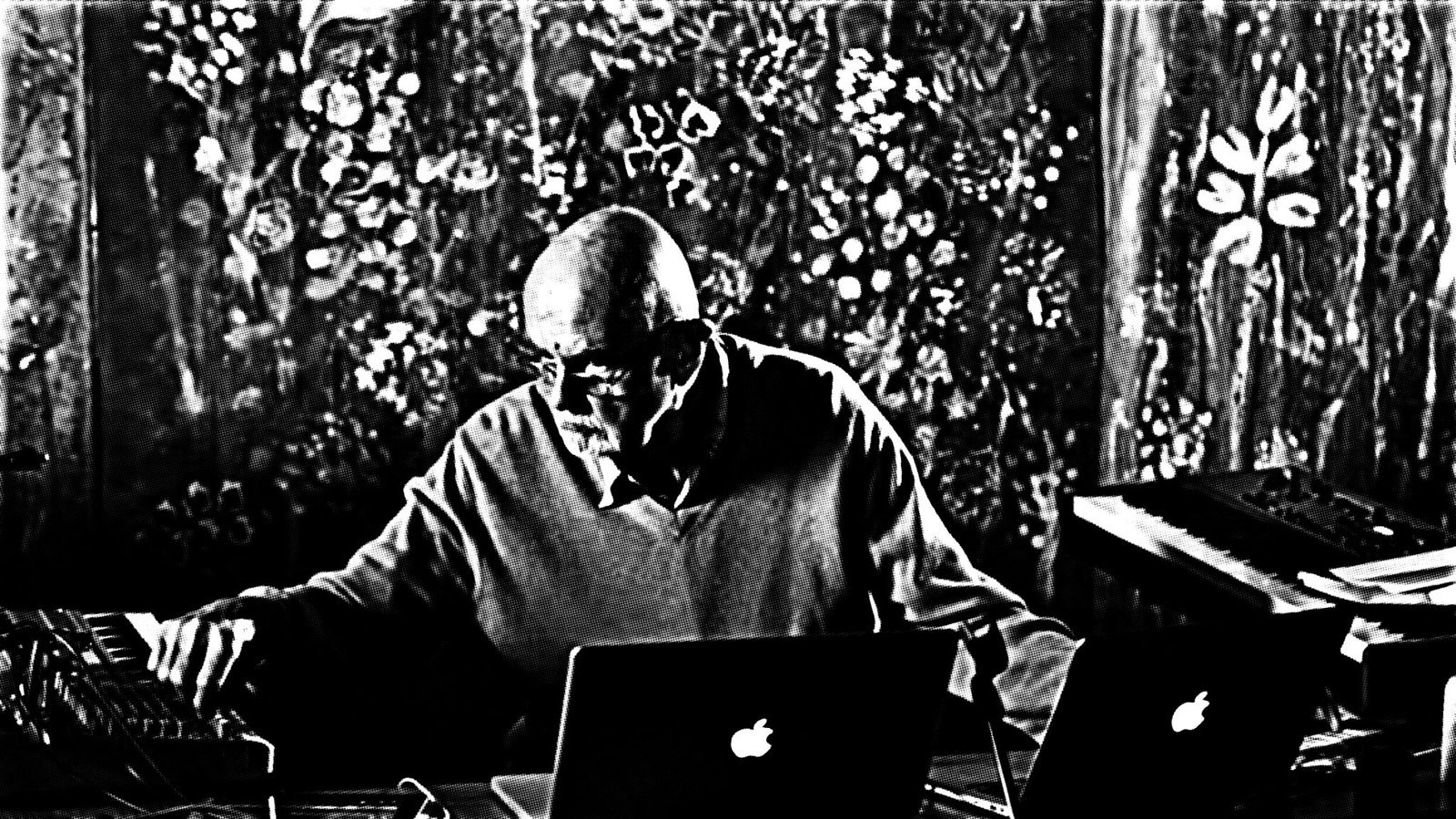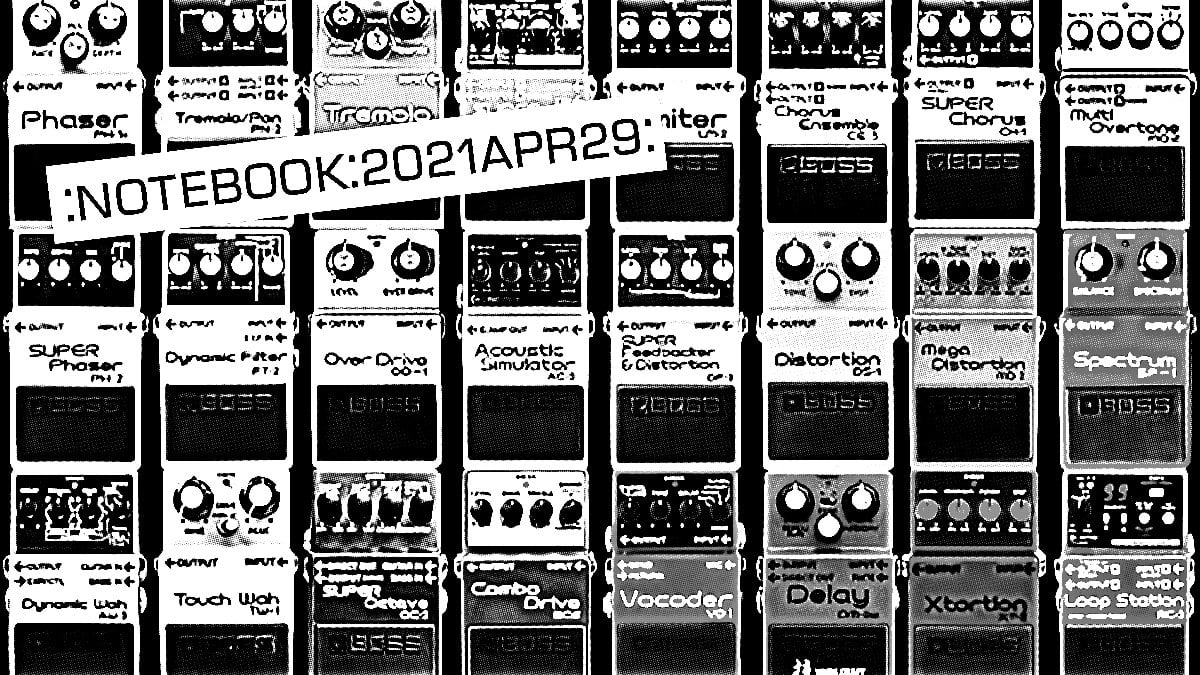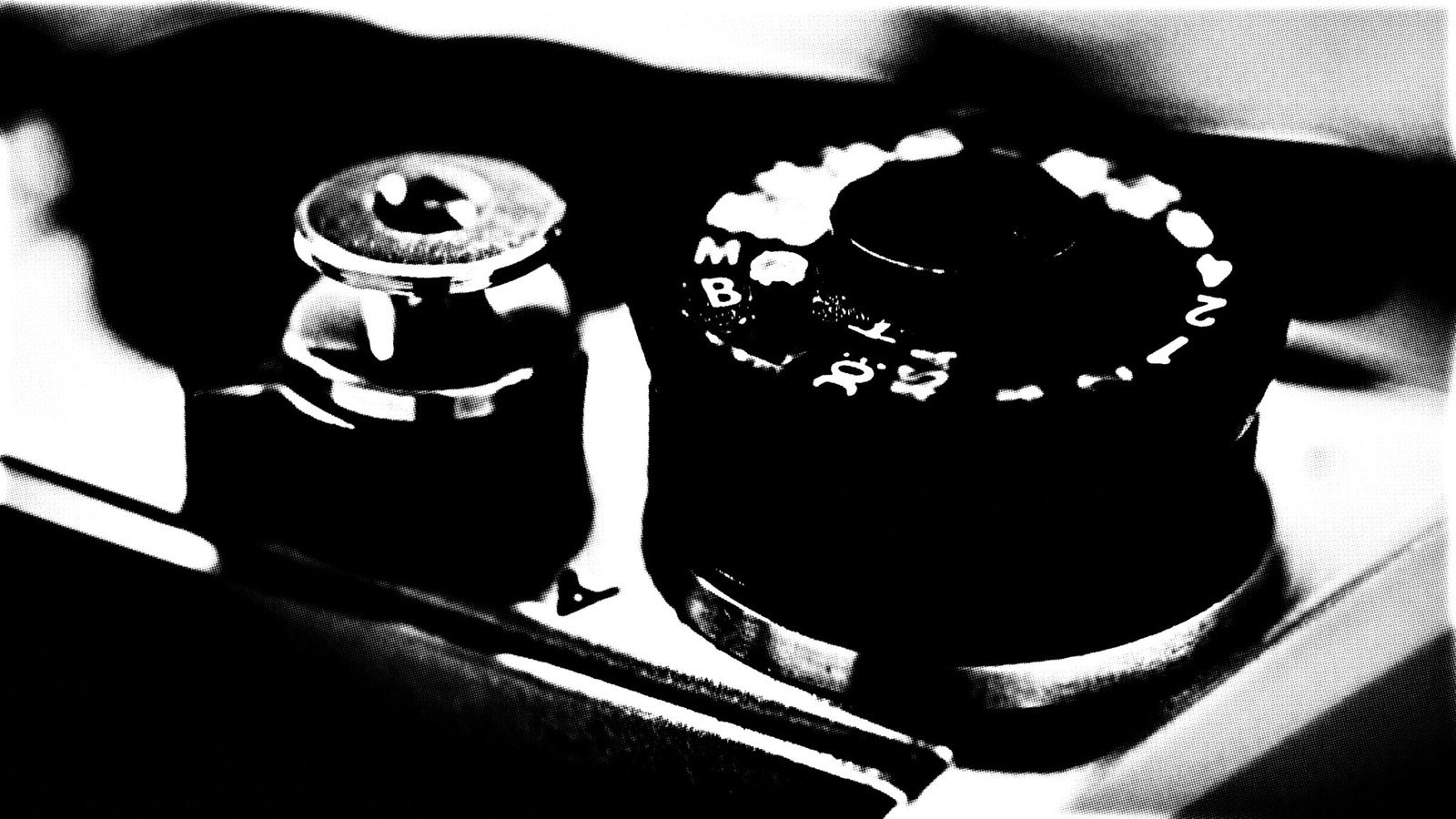Cory Doctorow‘s encouragement to blog (and treat one’s blog as a commonplace book) inspires. This is one of those articles I’ll turn to whenever I’m down in the dumps and debating the point of all this blogging. It’s also motivated me to post a lot more on this MEMORA8ILIA page, to treat it as a referencable scrapbook of the things I encounter. Here’s Cory:
Like those family trip-logs, a web-log serves as more than an aide-memoire, a record that can be consulted at a later date. The very act of recording your actions and impressions is itself powerfully mnemonic, fixing the moment more durably in your memory so that it’s easier to recall in future, even if you never consult your notes. […]
These repeated acts of public description adds each idea to a supersaturated, subconscious solution of fragmentary elements that have the potential to become something bigger. Every now and again, a few of these fragments will stick to each other and nucleate, crystallizing a substantial, synthetic analysis out of all of those bits and pieces I’ve salted into that solution of potential sources of inspiration.
That’s how blogging is complementary to other forms of more serious work: when you’ve done enough of it, you can get entire essays, speeches, stories, novels, spontaneously appearing in a state of near-completeness, ready to be written.
